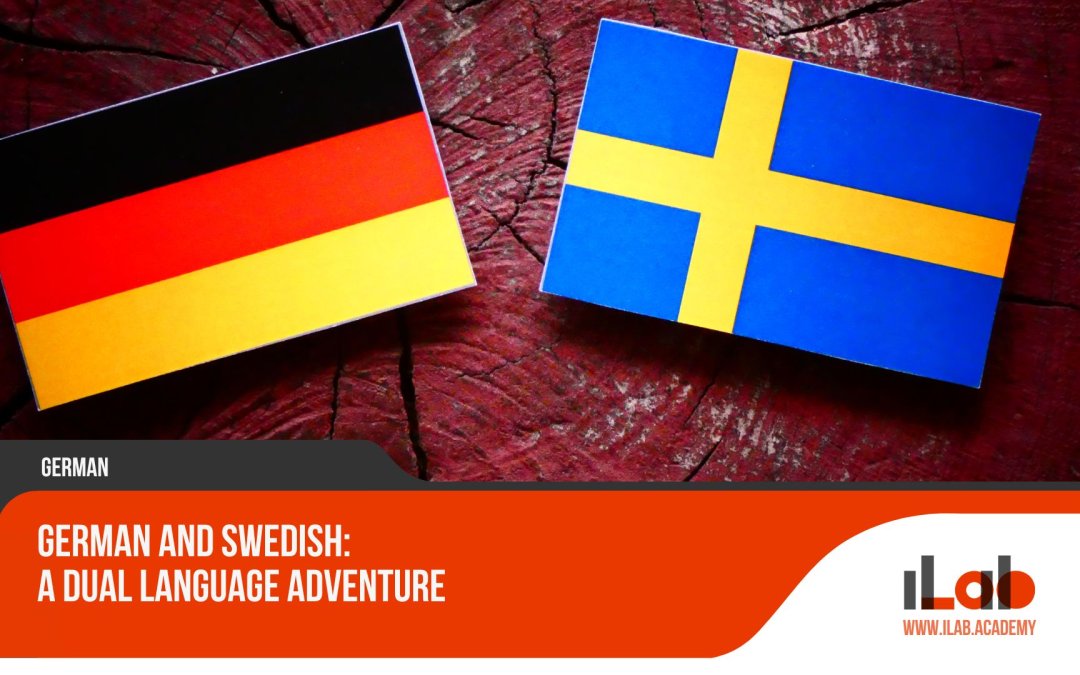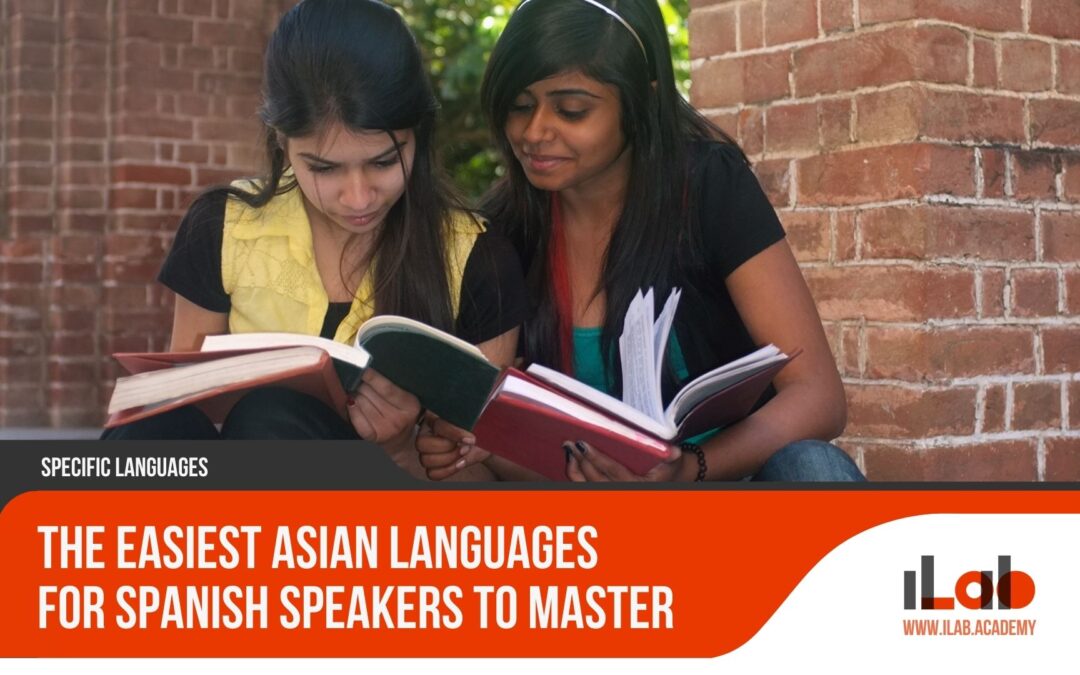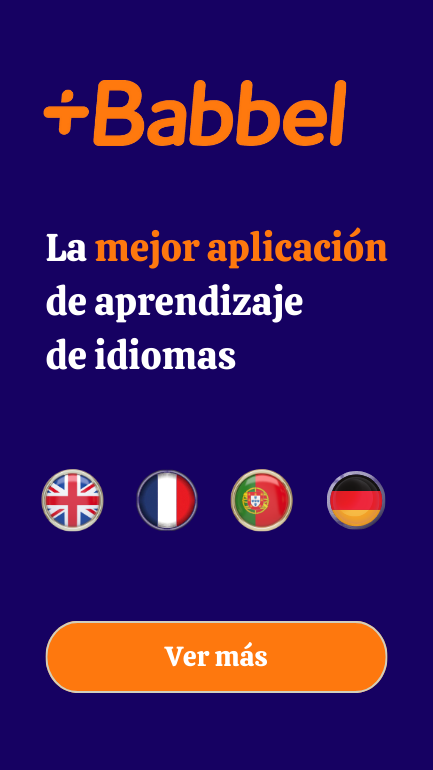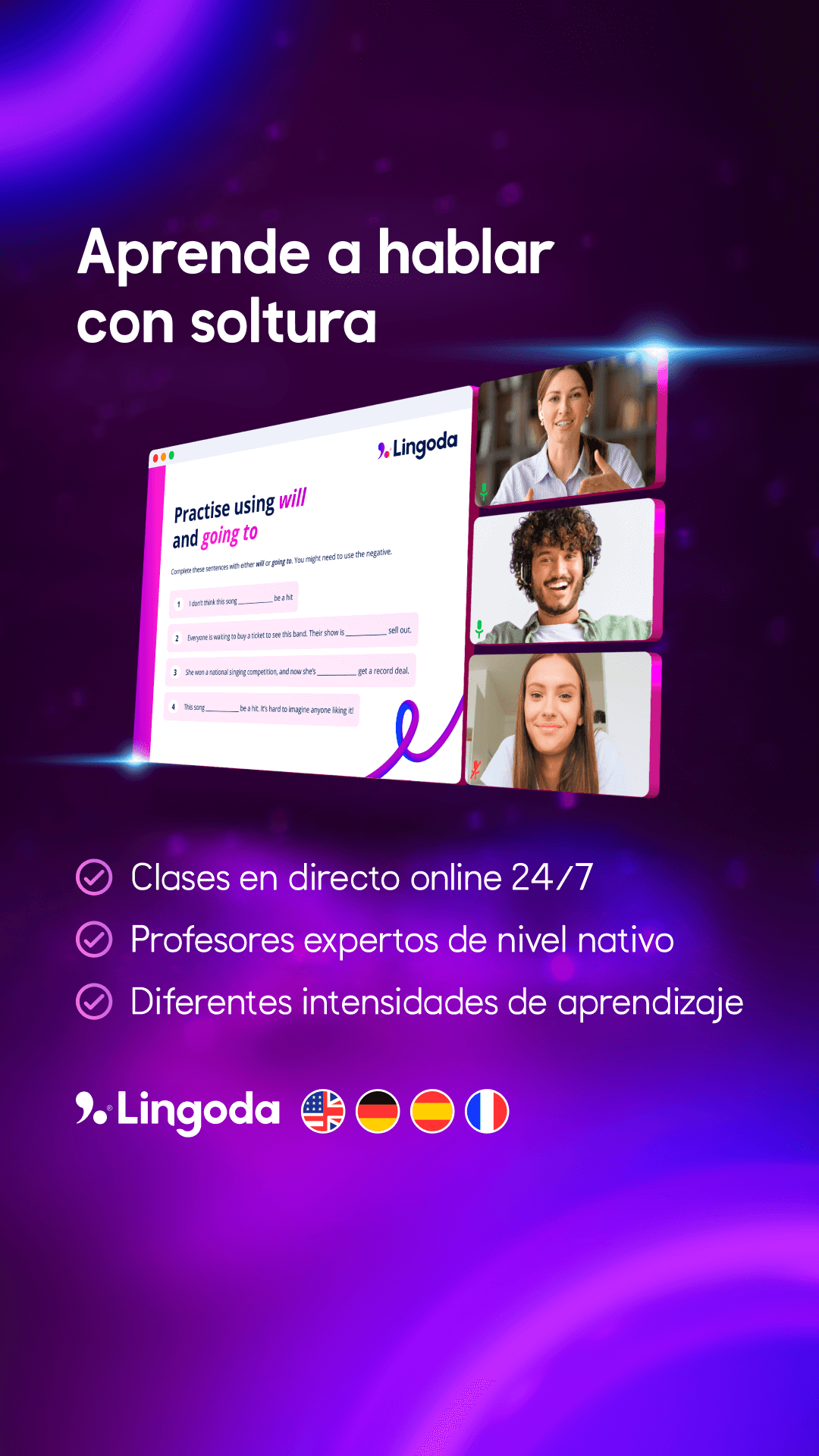Table of contents
As they say, variety is the spice of life, and this holds true for both love and language learning. I’ve found that the 5 Love Languages, a framework that has transformed countless relationships, also offer valuable insights into studying foreign languages. In my article, I delve into how these love languages can be leveraged to enhance our language acquisition. I’ll share how I’ve used Words of Affirmation to boost my confidence in speaking, Quality Time to immerse myself in new languages, and even how Acts of Service and Receiving Gifts can play a role in this journey. My goal is to help you see the connection between expressing love and learning to communicate in another tongue, ultimately enriching both your relationships and your linguistic skills.
Key Takeaways
- The 5 Love Languages framework by Dr. Gary Chapman can be applied to foreign language study to enhance understanding and communication in relationships.
- Each love language (Words of Affirmation, Quality Time, Receiving Gifts, Acts of Service, and Physical Touch) can be paralleled with specific aspects of language learning and relationship building.
- Identifying your own linguistic love language and preferred learning methods can help improve language learning outcomes and strengthen relationships.
- Integrating love languages into language learning and relationships can lead to more effective communication, deeper connections with native speakers, and a holistic approach to learning languages.
The Five Love Languages: A Close Examination
As we explore the Five Love Languages, it’s clear they’re more than just romantic ideals; they’re deeply rooted in human connection. I’ve found that understanding Words of Affirmation, Quality Time, Receiving Gifts, Acts of Service, and Physical Touch can unlock profound insights into how we learn and express love. Let’s take a closer look at each language and uncover how they can inform and enhance our approach to learning foreign languages.
Words of Affirmation
I’ve found that every word of affirmation acts like a building block in the complex structure of both language learning and romantic expression. Just as we cherish specific compliments from loved ones, in language study, positive reinforcement encourages retention and boosts confidence. It’s not just about memorizing foreign phrases; it’s about connecting emotionally with the words, feeling their power and intent. When I acknowledge my progress or receive praise from a tutor, it’s incredibly motivating. Similarly, expressing affection through thoughtful words strengthens bonds. It’s a two-way street where appreciation and admiration are verbalized, creating a nurturing environment for growth.
Now, let’s consider how ‘quality time’ complements this verbal aspect, offering a different, yet equally vital form of connection.
Quality Time
While exploring the concept of quality time, I’ve recognized its essential role in both forging deep connections in relationships and enhancing the effectiveness of foreign language acquisition. Quality time, as a love language, is about giving someone your undivided attention. This parallels the focus and dedication needed when learning a new language. Here are some key aspects:
- Prioritizing uninterrupted study sessions, akin to spending focused time with a loved one.
- Engaging in language practice with a partner, mirroring quality time in relationships.
- Creating a space for language immersion, reflecting the importance of being present.
- Embracing cultural experiences, just as one would cherish shared moments with a significant other.
Quality time, in love and language learning, is about the richness of the moment and the depth of the engagement.
Receiving Gifts
How can the act of giving and receiving gifts, as one of the 5 Love Languages, illuminate the nuances of cultural exchange in foreign language study? When I delve into a new language, I’m not just learning words; I’m uncovering a whole new way of expressing appreciation and building connections. Gifts, be they physical or symbolic, carry with them layers of cultural significance. In my journey to speak and understand a foreign tongue, I’ve found that offering and accepting tokens of esteem can be as revealing as any textbook about a society’s values. These acts become bridges, allowing me to step into the shoes of another culture, acknowledging their traditions and showing my respect and willingness to engage on a meaningful level.
Acts of Service
In my exploration of foreign languages, I’ve discovered that acts of service extend beyond gestures of help; they embody a profound form of communication that resonates deeply across cultures. Serving someone in their language learning journey isn’t just about the exchange of knowledge; it’s a heartfelt demonstration of care and solidarity.
- Offering to practice conversation with a language learner shows commitment to their progress.
- Sharing resources, like books or online tools, can greatly ease their educational path.
- Providing feedback on pronunciation or grammar reinforces a supportive learning atmosphere.
- Simply being patient and encouraging during the learning process is a subtle yet powerful act of service.
These actions forge a bond that’s not just educational but also deeply connected to the language of love.
Physical Touch
I’ve found that a single touch can communicate a multitude of messages, bridging the gap between different languages and cultures. Even when words fail or aren’t understood, a gentle tap, a firm handshake, or a warm embrace can express care, acknowledgment, and solidarity. In learning languages, we often focus on the auditory and visual, but the kinesthetic—the sense of touch—plays an invaluable role in communication as well.
| Gesture | Message Conveyed |
|---|---|
| Firm Handshake | Respect, greeting |
| Pat on the Back | Encouragement |
| Hug | Comfort, support |
| High-Five | Celebration |
| Holding Hands | Connection, care |
These nonverbal cues, like the words I study, are part of the rich tapestry of human interaction and understanding.
Identifying Your Linguistic Love Language
To uncover my linguistic love language, I’ll analyze my personal journey in language learning alongside the self-assessment techniques that mirror my preferred styles. Recognizing how I best give and receive affection in relationships has been illuminating, and I’m curious to see how these inclinations translate to my language study habits.
Throughout my adventures in learning new tongues, I’ve noticed certain patterns in my approach and response to various learning methods. Here’s a snapshot of what I’ve discovered about myself:
- Visual Learning: I gravitate towards visually appealing resources. Color-coded grammar charts and flashcards aren’t just helpful – they’re essential for my retention. As someone who loves receiving gifts, particularly thoughtful ones, I find that visually engaging materials feel like a gift to my brain, making the learning process a delight.
- Conversational Practice: Engaging in meaningful conversations is my equivalent of quality time. When I converse with native speakers, the undivided attention and exchange of ideas fill my linguistic cup just as a heart-to-heart would in a relationship.
- Language Exchanges: Acts of service in my language journey take the form of language exchanges. When I help someone with English and they assist me with their native language, the mutual benefit is deeply satisfying.
- Physical Engagement: I have a kinesthetic streak. Interactive activities, such as role-plays or hand gestures, enhance my learning. They’re akin to the physical touch love language, creating memorable experiences that stick with me.
Identifying these preferences has been a game-changer. It’s not just about knowing what works; it’s about feeling connected to the process. As I continue to explore languages, I’m now equipped with a clearer understanding of how my love language preferences weave into my learning tapestry.
Integrating Love Languages into Language Learning and Relationships
How can I weave the insights from my love language preferences into the fabric of my language studies and interpersonal relationships? It’s all about adaptation and intentionality. If my love language is Words of Affirmation, I can make a point to incorporate affirming language in my conversations with language partners. This could be as simple as praising their progress or expressing gratitude for their patience.
Similarly, if I know that my tutor appreciates Acts of Service, I might take the time to share resources or assist with something they’re working on. It’s not about grand gestures; it’s the thoughtfulness that counts, letting them know that I value their efforts and time.
Here’s a table that illustrates how love languages can be integrated into the language learning process:
| Love Language | Application in Language Learning |
|---|---|
| Words of Affirmation | Praising partner’s language skills |
| Acts of Service | Sharing helpful study resources |
| Quality Time | Scheduling regular, uninterrupted sessions |
These actions don’t just make the learning experience more enjoyable; they foster a deeper connection with my learning partner or tutor. They’ll likely feel more appreciated and invested in my success, which can only benefit our exchange.
Understanding and applying love languages in this context isn’t just about being kind; it’s a strategic approach to creating a supportive learning environment. It’s a way to build a bridge between hearts and minds, paving the way for not just linguistic proficiency, but also meaningful connections. Now, let’s delve into the synergy between love languages and learning foreign languages, and how this can unlock new levels of understanding and intimacy.
The Synergy Between Love Languages and Learning Foreign Languages
Understanding the interplay between love languages and foreign language acquisition has significantly sharpened my communication skills. It’s fascinating how the principles of expressing and receiving love can so closely align with the methods we use to learn and connect through new languages. Here’s how I’ve discovered the two can complement each other:
- Words of Affirmation: Just as these nurture relationships, in language learning, positive reinforcement and affirmations encourage progress and confidence.
- Quality Time: Immersing myself in the language mirrors the dedicated, undistracted time I spend with loved ones, enhancing both my linguistic abilities and personal connections.
- Receiving Gifts: I’ve found that sharing language resources, such as books or apps, can be as impactful as giving thoughtful gifts, showing investment in each other’s growth.
- Acts of Service: Helping conversation partners practice difficult pronunciations or grammar parallels the supportive nature of doing kind acts for those I care about.
By being sensitive to the love language needs of my language exchange partners, I’ve been better able to resolve linguistic challenges and deepen our connection. It’s a two-way street; I also try to express my own love languages through the foreign language I’m learning. For instance, when I know someone appreciates quality time, I make an effort to have uninterrupted language practice sessions with them.
This synergy isn’t just about personal growth—it’s a bridge to understanding cultural expressions of love. As I grasp these nuances, I’m not only learning to speak a new language; I’m learning to speak in love. And this knowledge is especially powerful as I prepare to explore love languages in multilingual contexts.
Beyond the Basics: Love Languages in Multilingual Contexts
I’ve discovered that integrating the five love languages into my multilingual studies can profoundly enhance my interactions with speakers from various cultural backgrounds. As I delve deeper into the nuances of different languages, I find the principles of love languages to be an invaluable tool in connecting with individuals across a spectrum of cultures. By tailoring my approach to each person’s cultural context and preferred love language, I create a more empathetic and effective communication bridge.
For instance, while words of affirmation may resonate deeply with some, they might not hold the same weight in cultures where modesty and humility are paramount. In such cases, I’ve learned to express appreciation in ways that align with those cultural values, such as by showing respect and honor through my actions. Similarly, when dealing with a partner or a community that highly values quality time, I make sure to be fully present during our interactions, whether they occur face-to-face or virtually.
Furthermore, understanding the role of gift-giving in various cultures has guided me to offer tokens of appreciation that carry significance within that cultural framework. Acts of service, too, can transcend the barriers of language when done with cultural sensitivity in mind. And while physical touch can be a complex area due to varying social norms, nonverbal cues and gestures often speak volumes, allowing me to convey warmth and friendship within appropriate boundaries.
Incorporating love languages into my multilingual endeavors has not only facilitated smoother conversations but also fostered a deeper sense of belonging and understanding in my international communications. Through this approach, I’ve seen firsthand how love languages can break down walls, build trust, and enrich the tapestry of human connection.
Frequently Asked Questions
How Do the 5 Love Languages Relate to the Psychological Aspects of Language Acquisition and Retention?
I’m intrigued by how the 5 love languages tie into language acquisition and retention. It seems they’d deeply influence motivation and emotional connection, which are crucial for learning. If I’m engaged and feel supported through my love language, I’m likely to retain information better. Just like in relationships, the right emotional context can make all the difference in how well I grasp and hold onto a new language.
Can an Individual’s Love Language Change Over Time, and if So, How Might This Affect Their Language Learning Process?
Certainly, I believe an individual’s love language can evolve with life experiences and relationships. If mine shifted, it might alter my approach to learning languages. For example, if I began valuing quality time more, I’d likely seek interactive, immersive experiences in language study. Adapting to these changes could actually enhance my ability to learn by aligning my study methods with the ways I naturally prefer to give and receive affection.
Are There Specific Challenges That Individuals With a Particular Love Language May Face When Learning a New Language, and How Can They Be Addressed?
I’ve found that my love language can pose unique challenges in language learning. For instance, as someone who values words of affirmation, not receiving positive feedback can be discouraging. To tackle this, I make sure to set personal milestones and celebrate them, creating my own affirmations to stay motivated. It’s about adapting my learning strategy to fit my emotional needs, ensuring I remain engaged and positive throughout the process.
How Might the Concept of Love Languages Be Applied to Teaching Methodologies in a Classroom Setting for Foreign Language Education?
I’d integrate love languages into my teaching by tailoring activities to students’ preferences. For those valuing words of affirmation, I’d offer plenty of positive feedback. Quality time seekers would get one-on-one sessions. I’d use physical items for gift lovers, acts of service for those appreciating help, and include interactive tasks for physical touch proponents. This approach can make lessons more engaging and personal for everyone.
Is There Research Supporting the Effectiveness of Incorporating Love Languages Into Foreign Language Study, and Where Can One Find Such Resources?
I’m not aware of specific studies linking love languages to foreign language learning, but the idea seems promising. You might find relevant resources at educational websites or through academic journals that focus on language education or psychology. They could offer insights on how emotional intelligence, like understanding love languages, enhances learning experiences. I’d suggest checking out databases like ERIC or PsycINFO for any research on this interdisciplinary approach.
Conclusion
In wrapping up, it’s clear that love languages enrich both our hearts and minds. By embracing my own linguistic love language, I’ve deepened connections and enhanced my language learning. Whether it’s through affirming words, dedicated time, thoughtful gifts, helpful acts, or a comforting touch, we can all find unique ways to learn and express love. Let’s remember, as we journey through languages and relationships, it’s our shared quest for understanding that truly brings us together.










